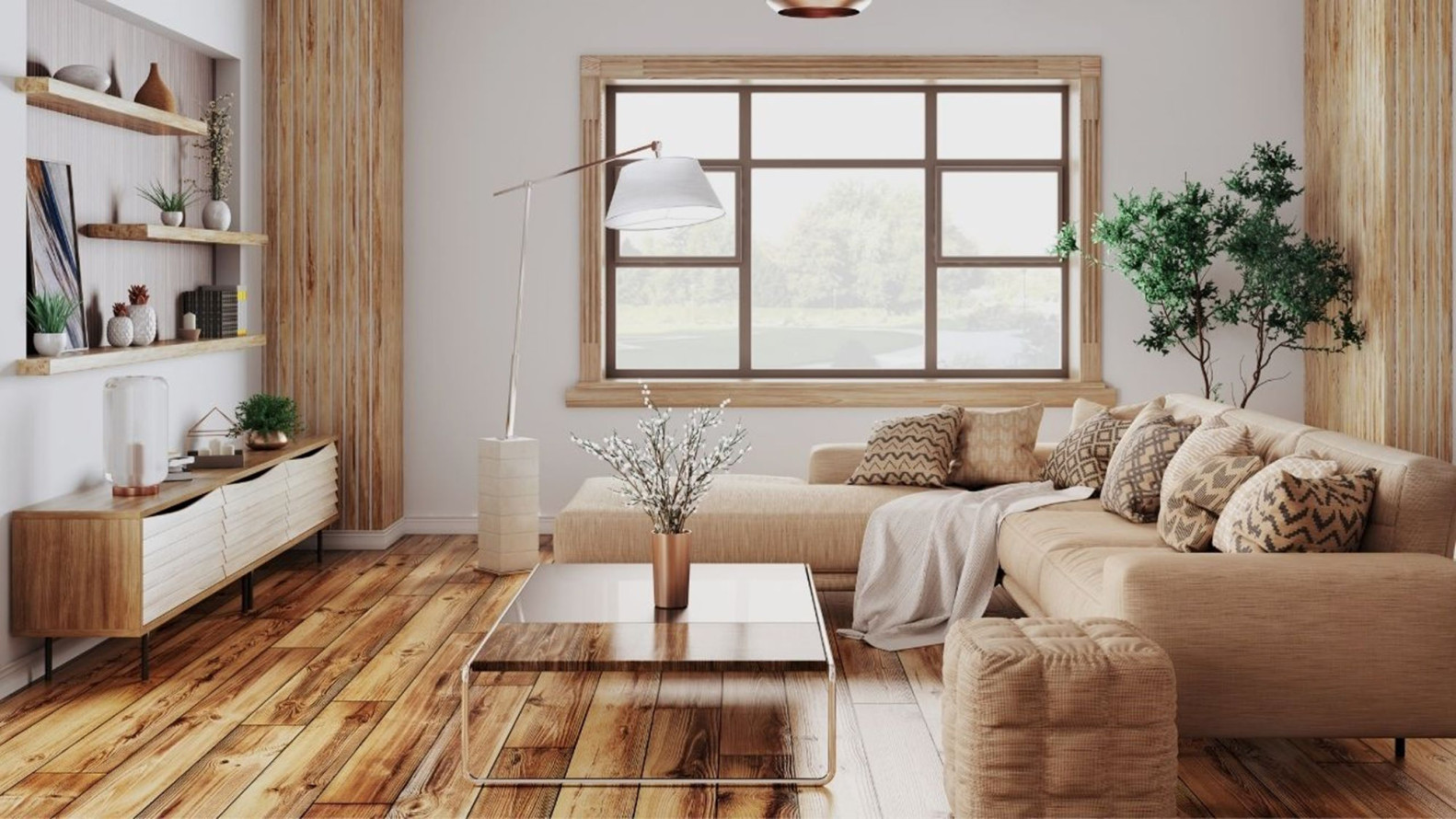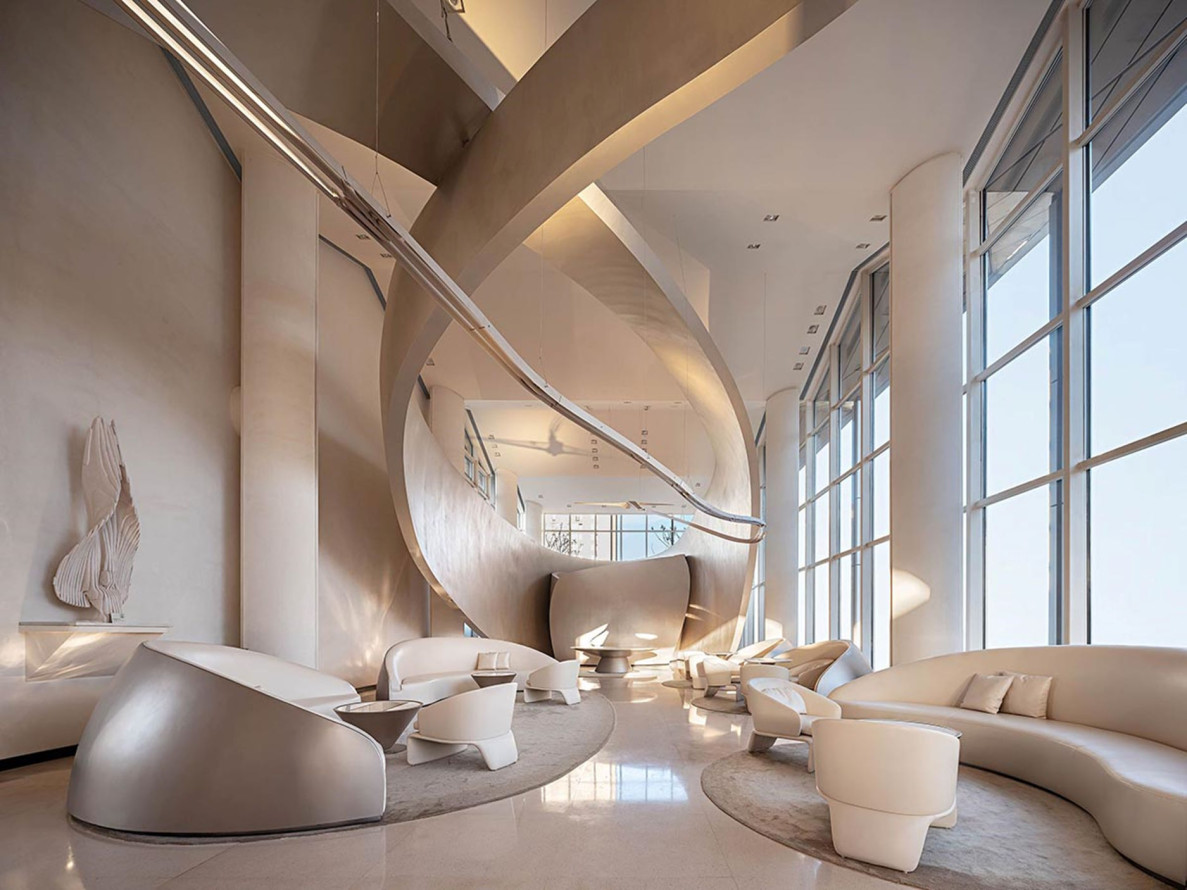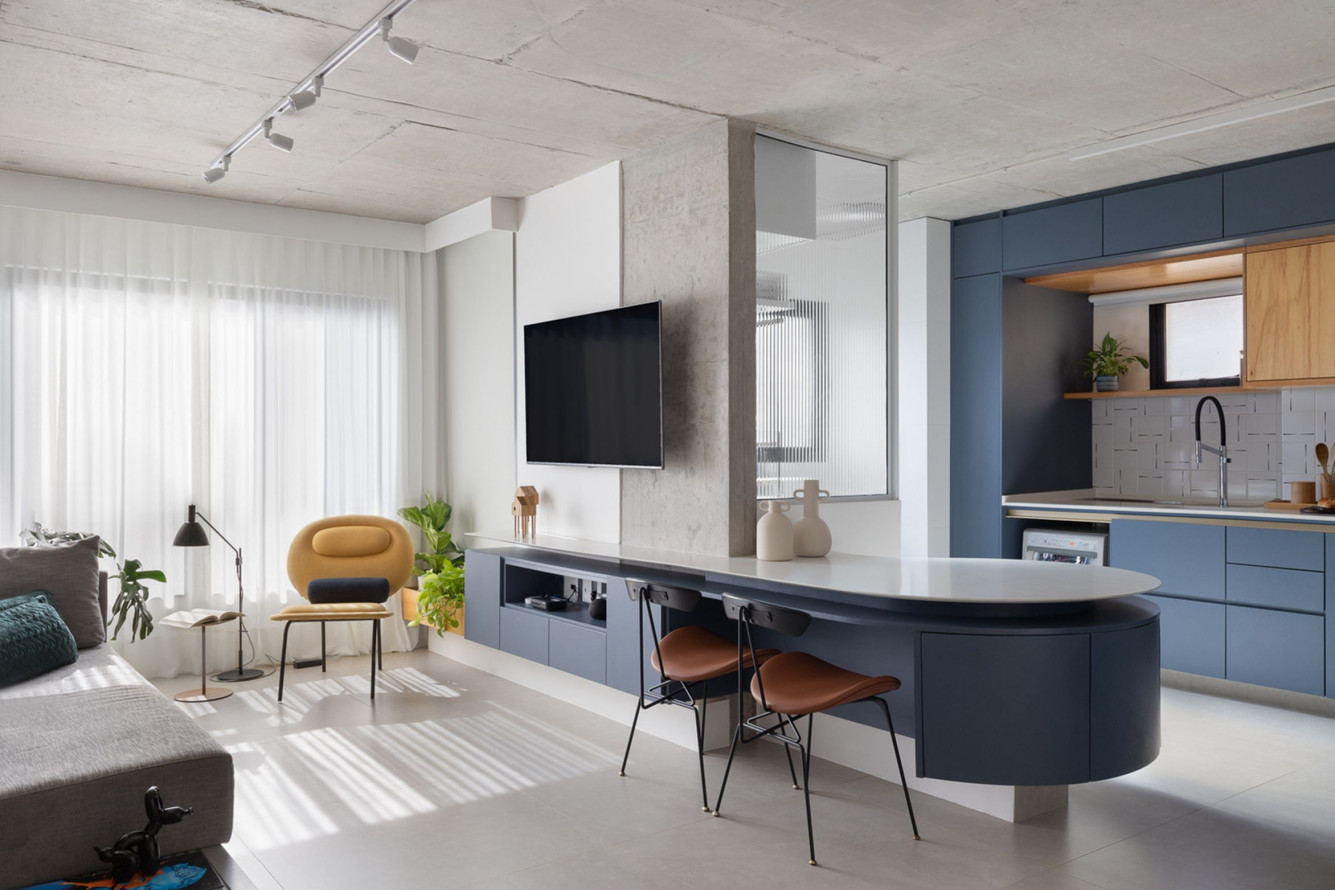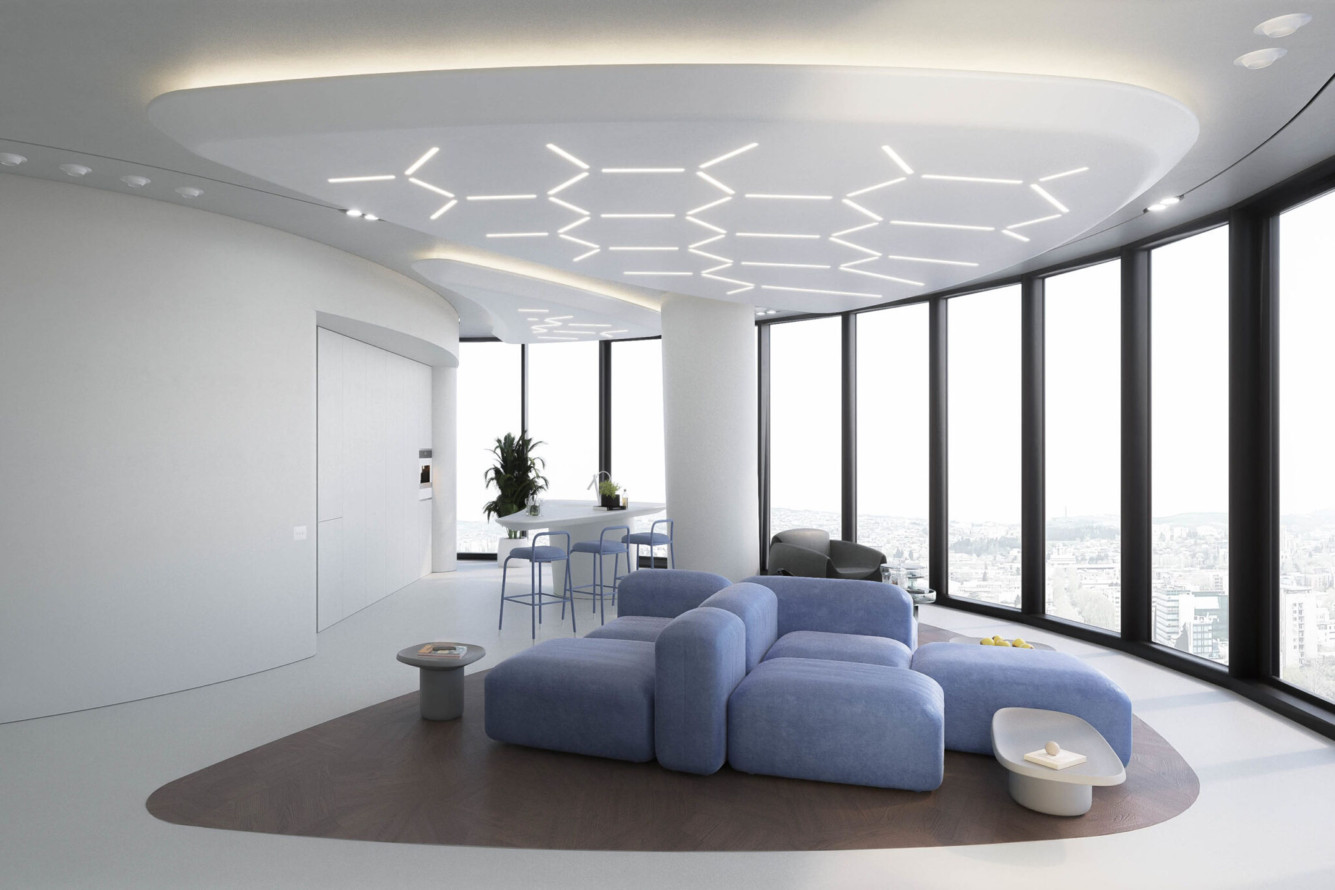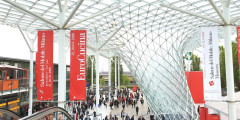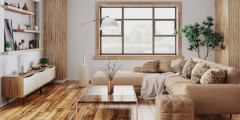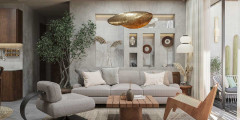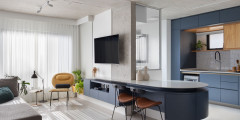Discover the cutting-edge interior design trends unveiled at Milan Design Week 24. Find out how these trends can transform your space.
Milan Design Week, held annually in the vibrant city of Milan, Italy, is the epitome of innovation and style in the world of interior design. The 2024 edition was no exception, presenting an array of fresh ideas and trends that are set to influence our living spaces. This article delves into the top interior design trends that emerged from Milan Design Week 24, offering insights into how they can be integrated into contemporary interiors.
1. Sustainable and Eco-Friendly Materials
At Milan Design Week 2024, the spotlight was firmly on sustainable and eco-friendly materials, indicating a significant industry shift towards more environmentally conscious design choices. Designers showcased a broad array of innovative applications using materials that are not only better for the planet but also bring unique aesthetic and functional qualities to interior spaces.
Products featuring recycled elements, such as plastics and metals, were common, turning what would be waste into high-quality, durable, and visually appealing furnishings. Additionally, natural materials like bamboo, cork, and sustainably sourced woods were prominent, emphasizing their renewable nature and minimal environmental impact.
This movement towards sustainability is not just about using green materials but also about integrating them seamlessly into designs that are both beautiful and functional. It reflects a growing recognition within the design community that good design and ecological responsibility can go hand-in-hand, offering a promising outlook for the future of interior design.
2. Fluid and Organic Shapes
Moving away from the rigid, geometric forms that have dominated the past few years, Milan Design Week 2024 embraced fluid, organic shapes. Sofas, tables, and lighting fixtures featured soft curves and undulating lines, fostering a sense of calm and relaxation in interior spaces. This trend is a nod to nature-inspired design, creating harmony between indoor environments and the natural world.
3. Bold and Expressive Color Palettes
Milan Design Week 24 marked a colorful revolution in interior design, with bold and expressive color palettes taking center stage, showcasing a significant shift towards vibrant and dynamic interiors. Designers unleashed a spectrum of rich, saturated colors across a variety of applications, from furniture and fixtures to walls and accessories.
This year, electric blues, emerald greens, and vibrant tangerines dominated the scene, transforming spaces with their energy and boldness. These colors were not just accent pieces but foundational elements that defined entire rooms, challenging the conventional preference for neutral and pastel shades.
Moreover, the popularity of these bold colors speaks to a broader desire for personalization in design. In an era where personal expression and individuality are highly valued, vibrant colors provide a powerful tool for users to tailor their environments to reflect their personalities and tastes.
This shift towards more personalized, colorful interiors suggests that future design trends will likely continue to embrace bold choices, making color a central element in creating engaging and spirited spaces.
4. Multifunctional Spaces
At Milan Design Week 24, multifunctional spaces stood out as a key trend, showcasing designs that allow environments to serve multiple purposes efficiently and stylishly. Designers featured innovative furniture that transforms—such as modular sofas that become beds and collapsible tables—optimizing space and enhancing functionality.
Room configurations were cleverly adaptable, utilizing movable panels and flexible partitions to easily switch a space’s function from a home office to a social living area. Integrated smart technology allowed for adjustments in lighting and ambiance with simple commands, tailoring the environment to different activities throughout the day.
Despite the focus on versatility, aesthetics remained a priority. The use of unified color schemes and consistent design elements ensured that these spaces maintained a cohesive and appealing look no matter their configuration. This approach emphasizes how well-designed multifunctional spaces can adapt to the evolving needs of modern lifestyles, combining practicality with elegance.
5. Innovative Lighting Solutions
The 2024 Milan Design Week showcased lighting not just as a functional element but as a central component of interior design innovation. This year, designers displayed a remarkable array of lighting solutions that blend technology, aesthetics, and sustainability, setting new trends that elevate the ambiance and functionality of modern spaces.
Light fixtures have evolved into artistic statements—large sculptural installations and delicate, intricate designs that transform the aesthetics of a space dramatically. These pieces act as the centerpieces in rooms, illustrating that lighting can be both a source of illumination and a work of art.
Moreover, the focus on wellness through lighting was evident, with designs that mimic natural light to support physiological health, enhancing the overall well-being of occupants. This holistic approach indicates a shift towards integrating biophilic elements into everyday living spaces, promoting health and well-being through thoughtful lighting design.
Overall, the lighting trends from Milan Design Week 24 emphasize that innovative lighting solutions are crucial for creating environments that are not only visually appealing but also adaptive, sustainable, and conducive to well-being. These trends forecast a bright future for lighting design, where light shapes both our spaces and how we feel within them.
Milan Design Week 24 showcased a compelling vision of the future of interior design, marked by sustainability, innovation, and boldness. These trends offer exciting possibilities for anyone looking to refresh their space with contemporary flair and functionality. As these trends make their way from the showrooms of Milan to homes and businesses around the world, they promise to redefine our environments and how we interact with them. Whether you’re a professional designer or a home decor enthusiast, integrating these elements can breathe new life into your interiors, ensuring they are both beautiful and in tune with the times.

